Leather is a popular material known for its durability, elegance, and versatility. However, when it comes to water resistance, there are many misconceptions. In this article, we will explore whether leather is truly waterproof and how it stands up to water exposure
Is Leather Waterproof?
Leather, derived from animal hide/skin through a tanning process, exhibits varying degrees of water resistance. This resistance stems primarily from the structure of the leather fibers, which are densely packed and naturally repel water to some extent. However, it’s important to note that while leather has inherent water-resistant properties, it is not completely waterproof.
Leather is a luxurious and durable material cherished for its timeless appeal and versatility. However, the question of whether leather is waterproof often arises among leather enthusiasts and potential buyers alike.
In this article let’s explore this topic to understand leather’s natural water resistance and what factors influence its ability to withstand moisture.
Understanding the difference between Water Resistant Vs Water Proof Leather
Before we start, first of all we need to understand the key difference between water resistant and water proof leather, so here is a small comparison for better understanding
Certainly! Here’s how water resistant and waterproof apply to leather:
| Feature | Water Resistant Leather | Waterproof Leather |
|---|---|---|
| Definition | Resists water to some extent, delaying absorption. | Completely prevents water absorption. |
| Protection Level | Provides limited protection against light rain. | Provides full protection against heavy rain and prolonged exposure. |
| Usage | Suitable for everyday use in mildly wet conditions. | Ideal for outdoor gear, boots, and items exposed to heavy rain. |
| Example | Some treated leather jackets, casual shoes. | High-end waterproof hiking boots, rainproof leather bags. |
| Outcome | May absorb water if exposed for long periods. | Does not absorb water, keeping items dry and protected. |
This comparison helps clarify how leather products differ in their ability to resist or repel water, depending on their treatment and purpose.
Understanding Leather’s Natural Water Resistance Ability
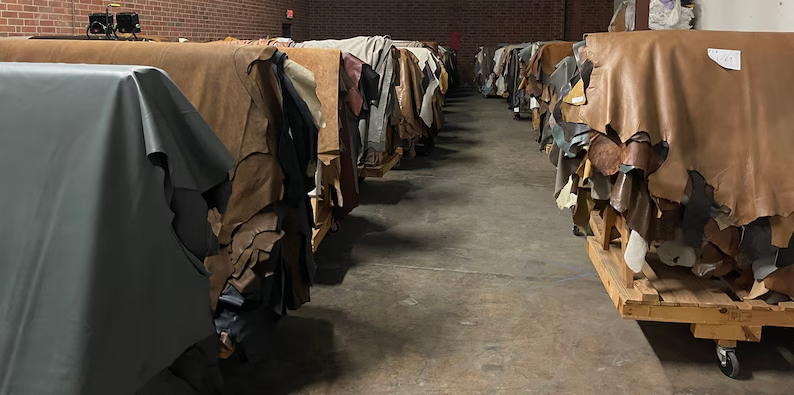
When it comes to leather, one of the first questions that often arises is about its ability to repel water.
The Science Behind Leather’s Water Resistance
Leather’s natural ability to resist water can be attributed to its unique composition. The outer layer of leather, known as the grain side (in the case of full-grain and top-grain leather), consists of tightly packed fibers.
These fibers create a barrier that water finds difficult to penetrate immediately but yet it is not fully waterproof or resistance. This natural density is why high-quality leathers like full-grain leather are often preferred for items that may be exposed to moisture.
Understanding the Pores and Structure
Despite its resistance, leather is not completely impervious to water. The surface of leather contains microscopic pores that allow for some breathability but also make it susceptible to absorption if exposed to water for prolonged periods or under high humidity. This is particularly true for suede and nubuck, which have a softer texture and more open pores, making them less resistant to water than other types of leather.
How Tanning Affects Water Resistance
The process of tanning, which transforms raw animal hides into usable leather, also influences its water resistance. Vegetable-tanned leather, for instance, tends to absorb water more readily compared to chrome-tanned leather, which uses inorganic metals such as chromium salts to achieve better water repellency. Understanding these tanning methods can help you in choosing the best leather products or footwear suited for specific environments or weather conditions.
Practical Implications for Leather Products
In practical terms, the natural water resistance of leather means that it can withstand light rain or occasional exposure to water without immediate damage. However, it’s essential to remember that leather requires proper care and maintenance to preserve its water resistance over time. In the next section, we will delve into the specific types of leather and how each one differs in its ability to resist water.
Types of Leather and Their Water Resistance Ability
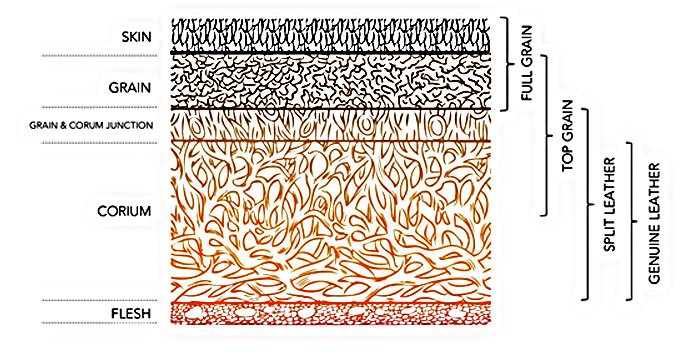
When it comes to leather, not all types are created equal in terms of water resistance. Understanding the characteristics of different leather types can help you choose the right one for your needs, whether you’re looking for durability, elegance, or weather resilience.
1. Full-Grain Leather
This type of leather stands out as the top choice for those seeking exceptional quality and natural water resistance to a certain limit. This type of leather retains the entire grain layer, making it robust and able to withstand moisture better than other types.
Its dense structure acts as a natural barrier against water penetration, making it suitable for items like high-end bags, belts, and sturdy footwear.
For more detailed information on full-grain leather and its benefits, you can explore resources such as The Leather Dictionary which delves into its properties and applications.
2. Top-Grain Leather
Is another popular choice known for its durability and smooth texture. During the tanning process, the outer layer of the hide is sanded and treated, which slightly reduces its natural water resistance compared to full-grain leather. However, top-grain leather remains resilient and is commonly used in making furniture upholstery, and accessories.
Learn more about top-grain leather and its uses from reputable sources like https://leathernews.org/what-is-bovine-leather/
3. Suede and Nubuck (Split Leather)
Suede and nubuck are types of leather prized for their soft texture and luxurious appearance. However, their open-pore structure makes them more susceptible to water damage compared to full-grain and top-grain leathers.
These leathers are often treated with water-resistant coatings to enhance their ability to repel water, but they still require careful maintenance to avoid staining and discoloration.
Understanding the different types of leather and their water resistance capabilities is crucial for making informed decisions when purchasing leather goods.
In the next section, we will explore the factors that affect leather’s overall water resistance, providing insights into how treatments and finishes can further enhance its durability and performance.
Factors Affecting Leather’s Water Resistance

When it comes to understanding how well leather can withstand water, several key factors come into play.
These factors not only determine the initial water resistance of leather but also affect its long-term durability and ability to repel moisture effectively.
Let’s explore each factor in detail to grasp how they influence the performance of leather in wet conditions.
Leather Type
The type of leather used significantly impacts its water resistance. Full-grain leather, known for its durability and natural texture, tends to be water-resistant to a certain extent compared to any other type of leather such as genuine leather or suede and nubuck.
This difference arises from the density and structure of the leather fibers. Full-grain leather retains its natural grain and thickness, providing a robust barrier against water penetration.
In contrast, genuine leather or any other type of leather, which undergoes more processing, and suede, with its buffed surface, are less resistant due to their more porous nature.
Understanding these distinctions can help you choose the right type of leather based on your needs, whether for rugged outdoor gear or stylish everyday accessories.
Tanning Method
The process of tanning plays a crucial role in determining how well leather resists water. Vegetable-tanned leather, treated with natural tannins from plant sources, tends to absorb water more readily initially but can be conditioned to improve its water resistance over time.
Conversely, inorganic metals tanning such as chrome-tanned leather, which uses chromium salts during processing, inherently offers greater water resistance due to the chemical treatment’s impact on the leather fibers.
Additionally, chrome-free tanning or metal-free tanning methods have gained popularity in recent times for their environmental benefits and suitability for sensitive skin.
These methods use alternative tanning agents like aldehydes or synthetic tanning agents to achieve a certain level of water resistance without relying on chromium or other metals.
Post-Tanning Methods
After the tanning process, additional treatments can further enhance leather’s water resistance.
I vividly remember my engineering days, so yeah for those of you who don’t know, I did my 4 years of engineering in the field of leather technology and during my final year thesis my project was titled “Metal-free washable glove leather using cleaner leather processing techniques” where I used multiple waterproofing and water resistance fat liquors from renowned leather chemical manufacturers like TFL, Stahl & Pulcra to test out the end results quantitatively and qualitatively.
Finishing Techniques
The finishing techniques applied to leather during manufacturing also impact its water resistance. Water-repellent coatings and sealants, Oils, waxes, and conditioners are commonly applied to leather surfaces to create a protective barrier against moisture.
These finishes help maintain the leather’s aesthetic appeal while safeguarding it from environmental elements.
Next, we will explore the effects of water on leather in both the short and long term. Understanding these effects is crucial for knowing how to care for your leather items to ensure they stay looking their best.
Effects of Water on Leather
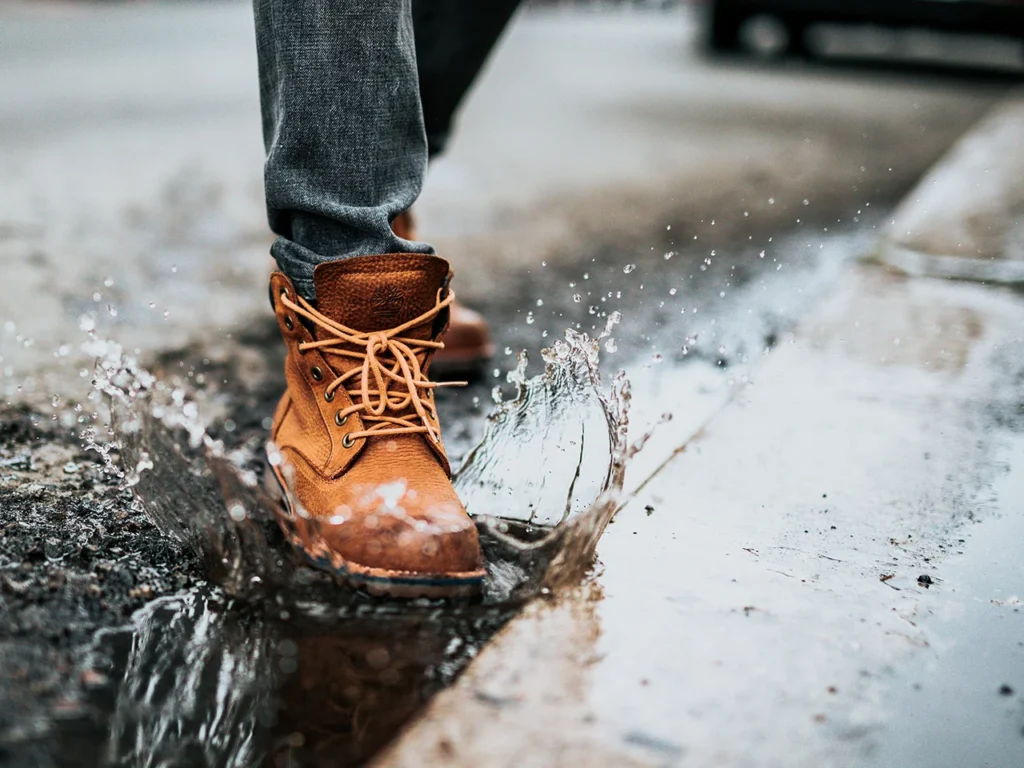
Leather’s reaction to water can vary depending on the duration and intensity of exposure. Understanding how water affects leather is crucial for maintaining its longevity and appearance.
Short-Term Exposure
Brief contact with water typically doesn’t cause immediate damage to leather, especially if the leather has been properly conditioned and treated.
However, it’s essential to take quick action to prevent potential issues. When leather gets wet:
- Blotting: Use a soft, absorbent cloth to gently blot away excess moisture. Avoid rubbing, as this can spread the water and potentially damage the leather fibers.
- Air Drying: Allow the leather to air dry naturally in a cool, dry place away from direct heat sources. Direct sunlight and heat can cause the leather to dry out too quickly, leading to cracks or stiffness.
Long-Term Exposure
Prolonged exposure to water poses more significant risks to leather items:
- Warping: Leather can warp or lose its shape when exposed to water for extended periods.
- Cracking: The fibers in leather can weaken and crack if they absorb too much water and then dry out without proper conditioning.
- Staining: Water can leave marks on leather, especially if the water contains minerals or if the leather is not properly treated.
- Fungal Attacks may also happen
So these are some of the main effects of water on leather and understanding these effects of water on leather helps emphasize the importance of preventive measures and proper care routines.
In the next section, we will delve into practical tips for caring for wet leather and maintaining its water resistance over time.
Caring for Wet Leather: Water Resistance Tips
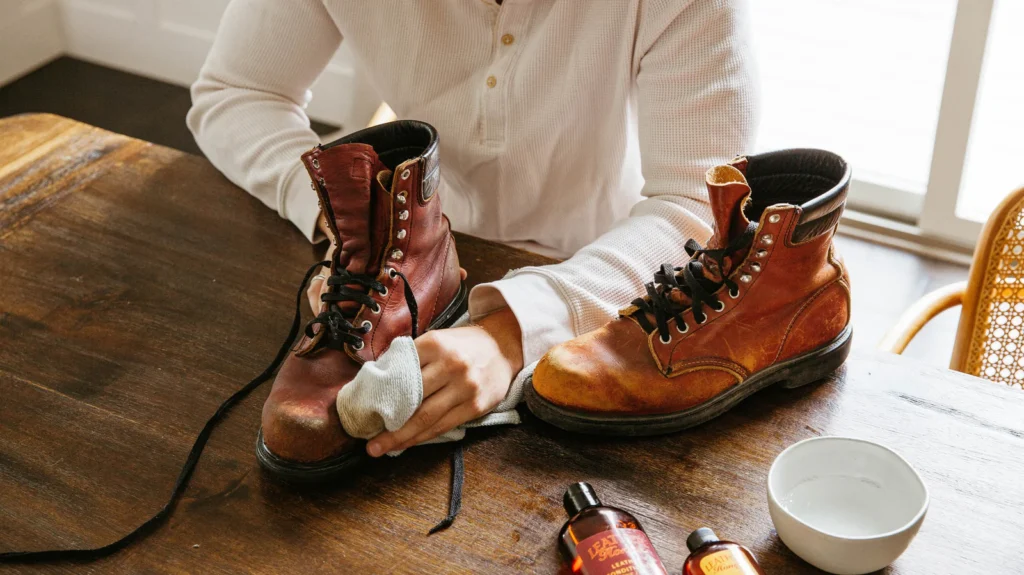
When it comes to leather, one of the primary concerns is how to protect it from water damage. While leather isn’t naturally waterproof, there are several proactive steps you can take to enhance its water resistance and ensure your leather items remain in top condition for years to come.
Here’s a detailed guide on caring for wet leather and practical tips to safeguard your beloved leather goods.
Prevention is Key
The best strategy for preserving your leather’s integrity against water damage begins with prevention. Yes, you read it right, it starts with avoiding exposure to excessive moisture can significantly prolong the lifespan of your leather items. Whether it’s a luxurious leather jacket or a favorite pair of leather shoes, taking preventive measures is crucial.
Avoiding Heavy Rain
One of the simplest ways to protect your leather goods is to avoid wearing or using them in heavy rain. Excessive exposure to water can saturate the leather fibers, leading to potential damage such as stretching, warping, or discoloration and fungal attack.
Immediate Blotting
If your leather does get wet, it’s essential to act quickly. Use a soft, absorbent cloth or paper towel to gently blot away excess moisture. Avoid rubbing, as this can spread the water and potentially damage the leather’s surface. Patience and gentle pressure are key to effectively removing water without causing further harm.
Quick Action After Spills
Accidents happen, and spills on leather are inevitable at times. Whether it’s a beverage spill on your leather couch or a raindrop on your leather purse, quick action can mitigate potential damage.
Using Absorbent Materials
For spills, immediately place absorbent materials such as paper towels or clean cloths over the affected area. Press down gently to soak up as much liquid as possible. Repeat this process until no more moisture transfers onto the absorbent material.
Air Drying
After blotting, allow the leather item to air dry naturally in a well-ventilated area. Avoid using heat sources like hair dryers or heaters, as excessive heat can dry out the leather and cause it to crack. Patience is key during this process, as rushing the drying can lead to irreversible damage.
Regular Maintenance for Long-Term Protection
To maintain the water resistance of your leather items over time, regular maintenance is essential. Conditioning your leather with high-quality leather conditioners or oils helps keep it supple and resilient. These products not only nourish the leather but also replenish any natural oils lost during exposure to water.
Now that you have learned how to care for wet leather and enhance its water resistance, let’s explore whether you can make leather waterproof.
For more detailed advice on leather care and maintenance, consider visiting trusted resources like Leather Care Guide by Leather Honey. These resources offer expert tips and products to help you protect your leather investments effectively.
Can You Make Leather Waterproof?
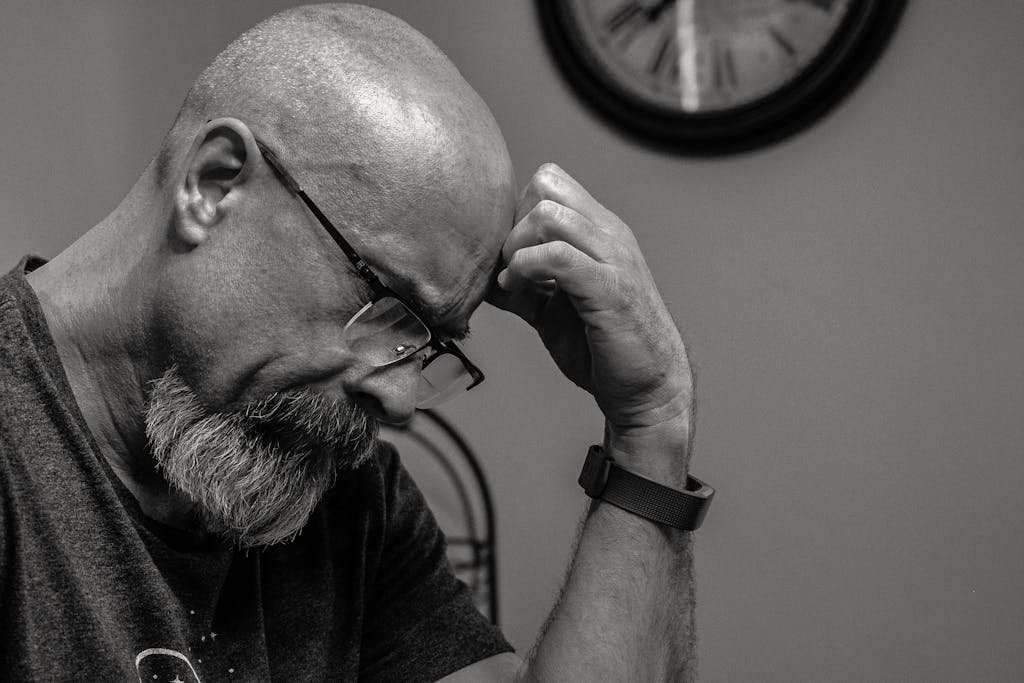
Leather enthusiasts often wonder if it’s possible to transform their favorite leather items into waterproof gear. While leather itself isn’t naturally waterproof, there are a few effective methods to enhance its water resistance.
Let’s explore how you can make leather more resistant to moisture and protect your valuable leather goods.
Understanding Waterproofing Methods
To make leather more water-resistant, various treatments and products are available. Waterproofing sprays are commonly used and can be applied to the surface of leather items like jackets, bags, and shoes.

Crep Protect Shoe Protector Spray – Rain & Stain Waterproof Nano Protection for Sneaker, Leather, Nubuck, Suede & Canvas
Suitable for Most Sneakers – Quick Dry Waterproof Formula Effective on Jordan, White Sneaker, Leather, Suede, Nubuck, Canvas & More – The Treatment Can Last Up To 4 to 5 Weeks. Apply 2 Coats for Best Results
These sprays create a protective barrier that repels water, preventing it from soaking into the leather fibers is what the manufacturer claims but honestly, I do not know if that would work.
Using Leather Conditioners and Waxes
Leather conditioners and waxes are another effective way to improve water resistance. These products not only nourish and protect the leather but also enhance its ability to repel moisture.

Nikwax Waterproofing Wax for Leather Footwear, Rain Protection, Safe for Gore-Tex
Instant waterproofing, designed to revitalize breathability and maintain suppleness of all smooth leather items.
Conditioning your leather regularly helps maintain its natural oils and flexibility, which are crucial for its longevity and resilience against water.
Professional Waterproofing Services
For valuable or delicate leather items, such as high-end leather jackets or footwears, consider professional waterproofing services.
These services often involve advanced techniques and specialized products that can provide long-lasting protection without compromising the leather’s quality or appearance.
Important Considerations
While you can enhance leather’s water resistance, it’s crucial to manage expectations. Even with treatments, leather may not withstand prolonged exposure to heavy rain or submersion in water because no matter you do on the surface of the leather with sprays and waxes, waterproofing has to be done in the processing stage especially in the post-tanning and finishing stages to withstand forever.
Or simply go for a waterproof leather footwear or a jacket.
FAQs About Leather’s Water Resistance
Can you wear leather shoes in the rain?
Wearing leather shoes in the rain is a common concern for many. While some types of leather are more water-resistant than others, most leather shoes are not entirely waterproof. Full-grain leather shoes, treated with water-repellent products, can withstand light rain but may require extra care and maintenance after exposure to ensure longevity.
What happens if leather gets wet?
When leather gets wet, it can absorb moisture, leading to changes in its texture and appearance. Immediate blotting with a soft cloth and allowing it to air dry naturally are crucial steps to prevent permanent damage. Prolonged exposure to water can cause leather to become stiff, lose its shape, or even develop mold if not properly cared for.
Can leather become permanently damaged by water?
While leather can recover from brief exposure to water with proper care, prolonged exposure or neglect can lead to permanent damage. This includes issues like warping, cracking, or mold growth, which compromise the integrity and appearance of the leather. Taking proactive steps to protect leather from water can significantly extend its lifespan.
Summary & Conclusion
In conclusion, understanding the water resistance of leather is essential for anyone who owns or plans to invest in leather goods. You have to make it clear that while leather possesses natural resistance to water, it is not entirely waterproof.
The type of leather, tanning method, post-tanning treatments, and finishing techniques all influence how well leather can withstand moisture.
Key Takeaways:
- Types of Leather: Full-grain leather offers the highest natural water resistance, while suede and nubuck are more susceptible to water damage.
- Factors Affecting Water Resistance: The tanning process and subsequent treatments significantly impact leather’s ability to repel water.
- Effects of Water: Short-term exposure to water can cause staining and stiffness, while prolonged exposure may lead to structural damage like cracking and warping.
- Caring for Leather: Quick action after getting leather wet, such as blotting and air drying, is crucial to prevent damage. Regular conditioning helps maintain its natural oils and resilience.
By following these tips and understanding the nuances of leather care, you can prolong the life of your leather items and keep them looking their best.
Honestly, if you ask me whether you should use the methods mentioned above to make your current leather products waterproof, my answer would be NO!
It’s better to invest in a waterproof leather product that is designed to serve that purpose effectively, rather than attempting to waterproof your existing leather items.
I think that’s about it for now.
I hope this article was informative and insightful, as my team and I dedicated numerous hours and considerable effort to research and present this comprehensive guide.
Your feedback is invaluable to us, as it not only validates our hard work but also motivates us to continue delivering high-quality content. Please take a moment to share your thoughts and comments below. Have a nice day ahead.



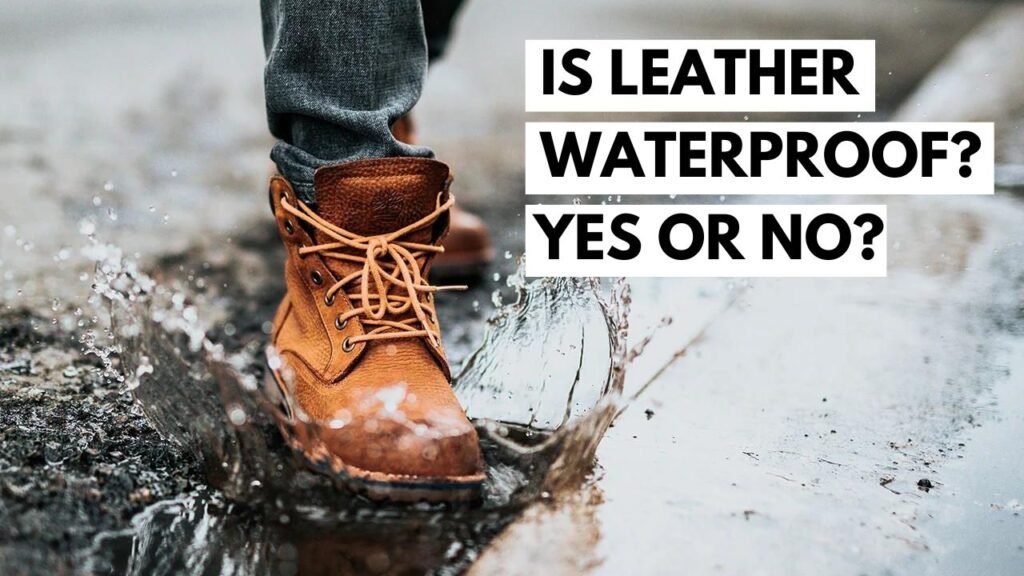


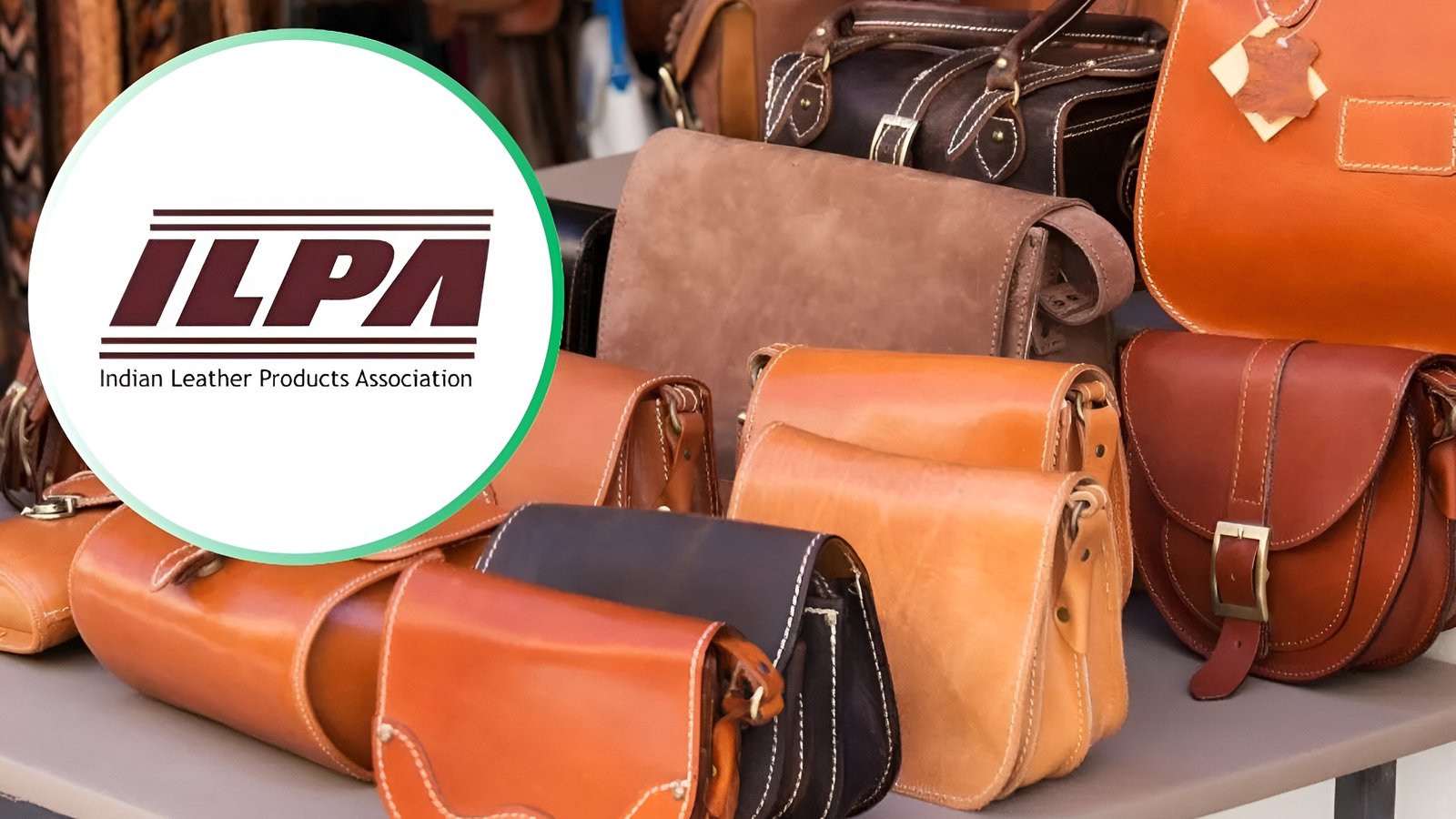
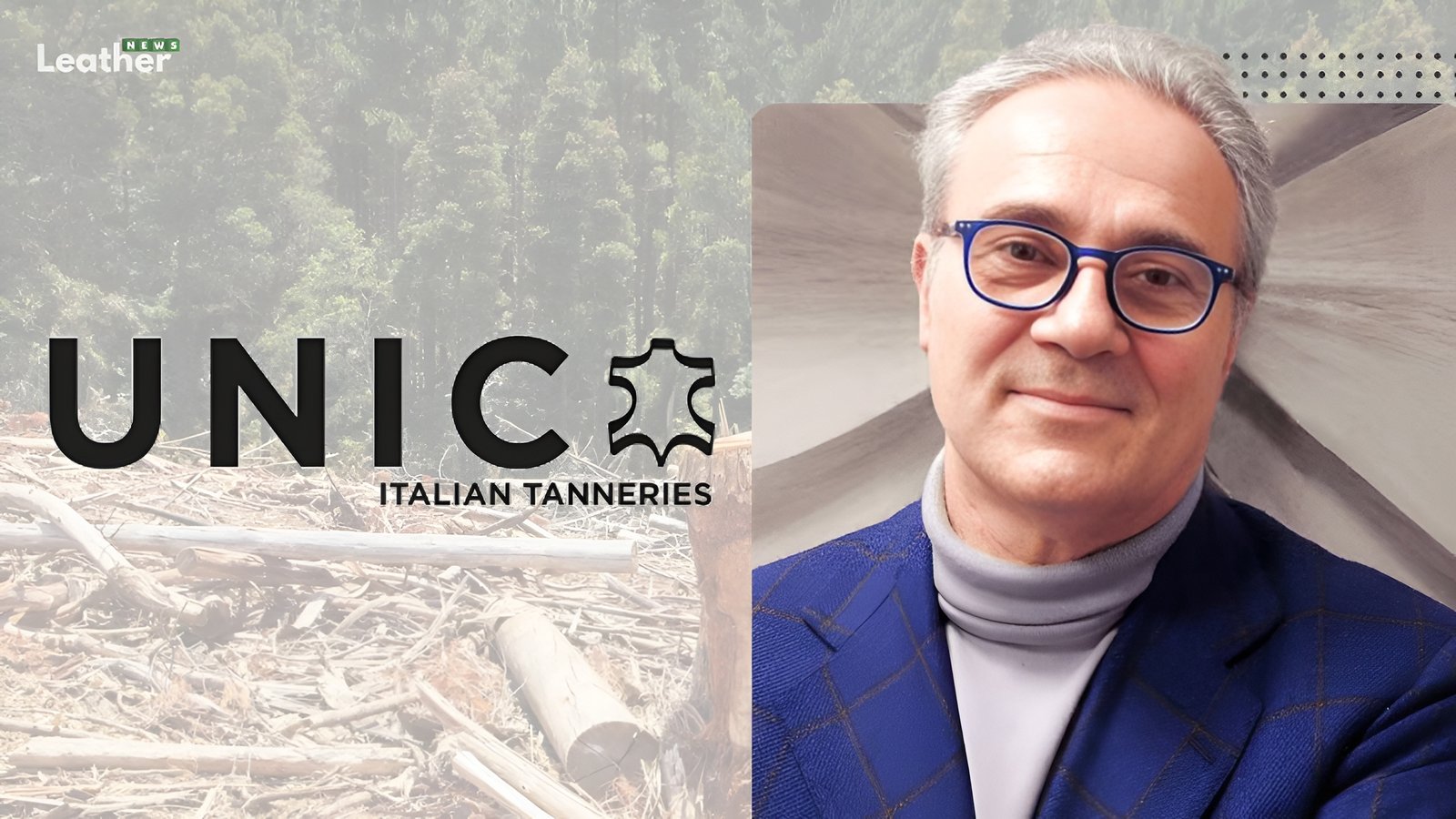
18 thoughts on “Is Leather Waterproof? Here’s Everything You Need to Know”
What’s up tto all, how is all, I thyink every one is getting moee from this web page, and your views aree nice in favor of
new people. http://Boyarka-Inform.com/
Your point of view caught my eye and was very interesting. Thanks. I have a question for you.
What’s up, just wanted to tell you, I liked this article.
It was funny. Keep on posting!
Stop by my web site :: nordvpn coupons inspiresensation
I was curious if you ever thought of changing the structure of your blog?
Its very well written; I love what youve got to say.
But maybe you could a little more in the way of content so people could connect with
it better. Youve got an awful lot of text for only having 1 or 2
images. Maybe you could space it out better?
my website … nordvpn coupons inspiresensation
nordvpn promo code 350fairfax
Amazing! This blog looks just like my old one!
It’s on a totally different subject but it has pretty much the
same layout and design. Wonderful choice of colors!
MultiChain
Wow, wonderful blog layout! How long have you been blogging for?
you made blogging glance easy. The overall glance
of your website is fantastic, let alone the content!
Feel free to visit my page … eharmony special coupon code 2025
First off I want to say wonderful blog! I had a quick question which I’d like to ask if you don’t mind.
I was curious to find out how you center yourself and clear your mind before writing.
I’ve had a tough time clearing my thoughts in getting my
ideas out. I do take pleasure in writing but it
just seems like the first 10 to 15 minutes tend to be lost just trying to figure out
how to begin. Any recommendations or hints? Kudos!
My blog post vpn
Exhibition stand design
Hello, everything is going nicely here and ofcourse every one is sharing data, that’s
in fact good, keep up writing. gamefly free trial https://tinyurl.com/23ww4xyv
Hello! Quick question that’s completely off topic.
Do you know how to make your site mobile friendly?
My blog looks weird when browsing from my iphone 4.
I’m trying to find a template or plugin that might be able to correct this
issue. If you have any recommendations, please share. Thank
you! https://tinyurl.com/2dhs6xmh what is a vpn
Normally I don’t read post on blogs, but I would like to say that this write-up very compelled me to take a
look at and do so! Your writing style has been surprised me.
Thank you, very nice post.
Outstanding quest there. What happened after?
Good luck!
Thanks for sharing. I read many of your blog posts, cool, your blog is very good.
Unquestionably believe that that you said. Your favourite justification seemed to be at the web thee simplest
thing to remember of. I say to you, I definitely geet
irked even as people think about concerns that they
plainly do not recognize about. You controlled to hit the nail upon thhe top and outlined out the whole thing with no
need side effect , other folks could take a signal.
Will probably bee again to get more. Thanks https://Bookofdead34.Wordpress.com/
Unquestionably believe that that you said. Your favourite justification seemed to be at the web the simplest thing to remember of.
I say to you, I definitely get irked even as people think about concerns that they plasinly
do not recognize about. You controlled to hit the nail upon thee top and
outlined out the whole thing with no need siide effect , other folks could take a signal.
Will probably be again to get more. Thanks https://Bookofdead34.Wordpress.com/
Can you be more specific about the content of your article? After reading it, I still have some doubts. Hope you can help me.
If you want to get a great deal from this piece of writing then you
have to apply these strategies to your won blog.
https://tinyurl.com/yt83ggsk eharmony special coupon code 2025